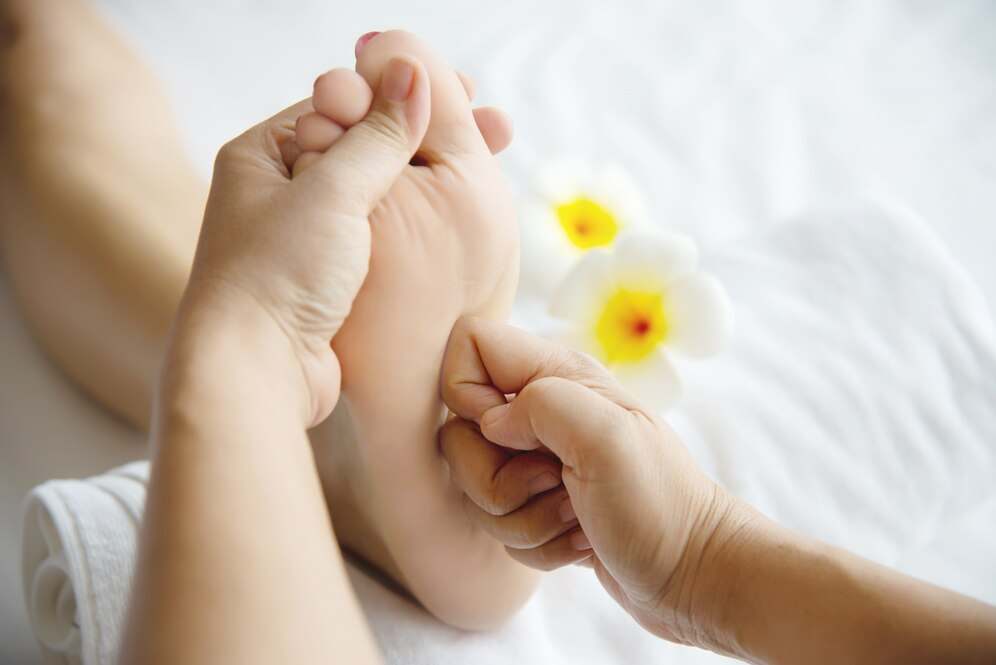Discover Your Perfect Healer Today!
Our online practitioner directory connects you with a wide range of healers to suit your unique needs.
Easily search and find the right professional to support your wellness journey.
Start exploring today to find your perfect match.
Modality
Disease
Books
Products
Events
Training
Blogs
Supporting Page
Know the Scientific Insights on Yoga and Its Benefits
From an ancient art of discipline and meditation, yoga has evolved into one of the most popular forms of exercise and mindfulness. Where its popularity ...
Read More → Written by
Michael Johnson
Holistic Medicine
What is Another Word for Holistic Medicine? An Overview
Ever asked yourself about a different name for holistic medicine? You could have heard these words from people or read them in health magazines but ...
Read More → Written by
John Smith
Naturopathy
How to Become a Naturopathic Practitioner: Empowering Your Journey
Being a naturopathic practitioner is an exhilarating journey as it is characterized by the integration of therapeutic medicine and the utilization of the natural body’s ...
Read More → Written by
Michael Johnson
Meditation
Potential Side Effects and Precautions of Meditation
Meditation benefits are many, but risks and potential side effects are also important to know about. It can better equip practitioners for their journey into ...
Read More → Written by
John Smith
Occupational Therapist
How to Become an Occupational Therapy Practitioner?
Occupational therapy professionals enjoy the work since it allows an individual to influence other people’s welfare. Whether providing assistance to an individual to regain his ...
Read More → Written by
James Williams
Reflexology
Research Insights: What Science Reveals About Reflexology
Interest in the ancient art of applying pressure to certain points located on the feet, hands, and ears has long been associated with a great ...
Read More → Written by
John Smith






